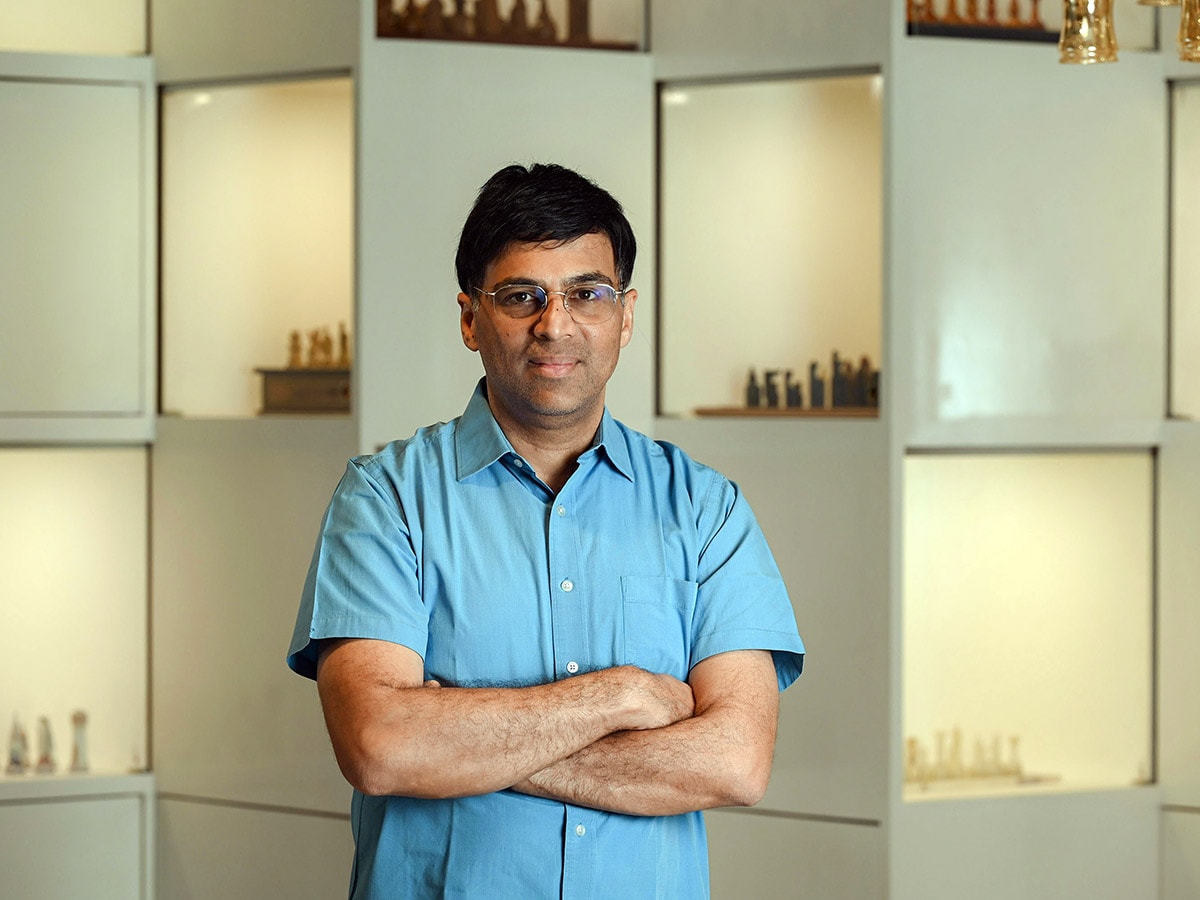
India's time in chess has arrived: Viswanathan Anand
India's first grandmaster and five-time world champion on the various phases of the country's rise in chess, the role of AI in making the sport diverse and competitive, and what lies ahead
 India's first grandmaster Viswanathan Anand
India's first grandmaster Viswanathan Anand
When Viswanathan Anand became India's first grandmaster in 1988, chess wasn't really a thing in India. Cut to 2024, and India now has 85 grandmasters, has won two gold medals in the recently-concluded Chess Olympiad, and teenager D Gukesh is all set to fight grandmaster Ding Liren for the World Championship title in Singapore in November. What has caused the chess surge in the country? Anand, a five-time world champion and the man who started it all for India, shares his thoughts on the Sports UnLtd podcast. Edited excerpts:
Q. India’s recent achievements in chess must be a proud feeling for you, after having single-handedly led the country in the 90s and 2000s.
Absolutely. I feel that I was at the stage where India was rediscovering chess, in a way, through me. We were competing in many competitions for the very first time with me—I was the first grandmaster, the first Asian qualifier for the World championship cycle, the first world champion—and, at that point, India slowly started to rediscover its interest in chess. After all, we shouldn't forget that chess originated in India and continues to be a part of our cultural transmission, even if the sport itself wasn't followed.
But, subsequently, a lot of youngsters started taking to the game, both for the excellent habits it inculcates and fun—I know that especially during summer vacations, lots of youngsters got into chess classes—and slowly, the ecosystem grew. The first generation of grandmasters went on to finish their careers, start academies, train the next generation. Plus the fan following has been steadily increasing, and recently you feel it's gone to another level. I would say the sport had grown considerably over the last three decades, but the pandemic, in general, was kind of an inflection point where a lot of people found the time to play chess again and thanks to technology chess was very easily followed or played.
By now, chess was a broadcast sport, and undoubtedly The Queen's Gambit was a nice push as well.


















